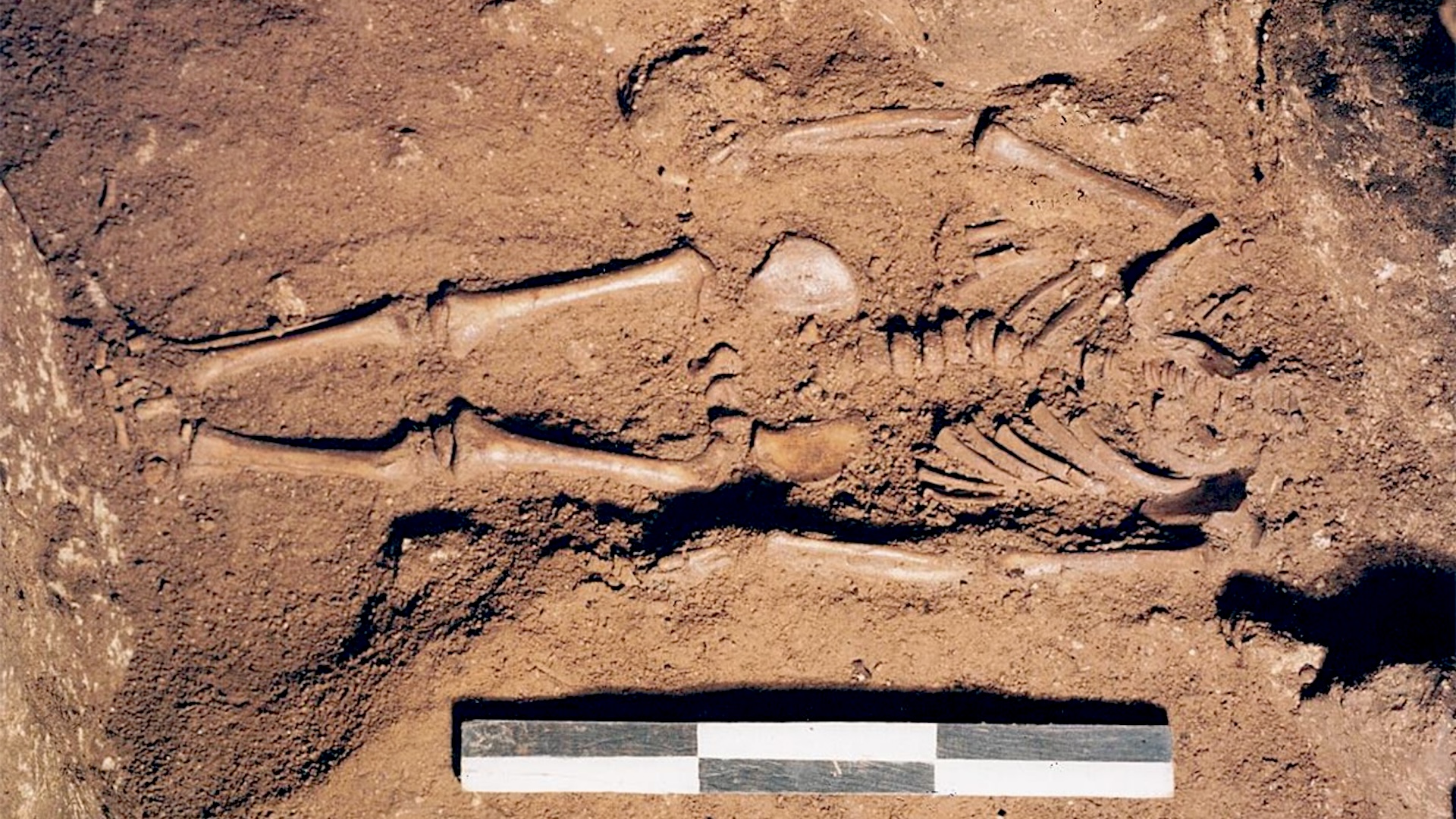Beverages, Vol. 9, Pages 60: Exploring the Mineral Composition of Grapevine Canes for Wood Chip Applications in Alcoholic Beverage Production to Enhance Viticulture Sustainability
Beverages doi: 10.3390/beverages9030060
Authors: Veronica D’Eusanio Francesco Genua Andrea Marchetti Lorenzo Morelli Lorenzo Tassi
This study aimed to assess the metal content of tannic extracts obtained from grapevine canes, to evaluate their suitability as wood shavings for direct infusion during the aging process of alcoholic beverages or vinegars. Traditional barrel aging is a slow and costly process that can be enhanced through direct infusion of wood chips. Our investigation focused on the pruning materials of two widely cultivated Lambrusco cultivars in the Modena (Italy) area, Ancellotta and Salamino. The grapevine chips underwent preliminary heat treatments at temperatures ranging from 120 °C to 260 °C. Tannic extracts were obtained by ethanol maceration at 80 °C for 2 h. The metal composition was determined using inductively coupled plasma optical emission spectroscopy. Generally, the metal content increased with the roasting temperature of the chips. Two exceptions were noted in the Salamino extracts, where the concentrations of Bi and Ni decreased as the roasting temperature increased. The levels of heavy metal, such as Pb and Cd, were low, posing no toxicity concerns for using infused grapevine chips during the beverage aging process. The Ni concentration slightly exceeded the limits imposed by certain regulations. Its content is likely derived from the type of soil in which the plant has grown.

 1 year ago
41
1 year ago
41


